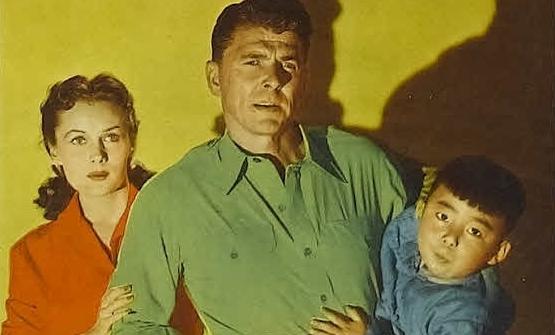Commentary
The fifth and (supposedly) final “Indiana Jones” film was released in theaters on June 30, just in time for the long Independence Day weekend. The film has been discussed since 2008, and it has been delayed many times over the years. Despite rumors to the contrary, Harrison Ford reprised his title role in “Indiana Jones and the Dial of Destiny,” but Steven Spielberg and George Lucas relinquished their previous positions of control, acting only as executive producers. Despite the huge buildup, the strategic release date, and the years of anticipation, the movie was deemed a box office bomb after its opening weekend, failing to earn enough revenue to compensate for its astronomical production cost.





